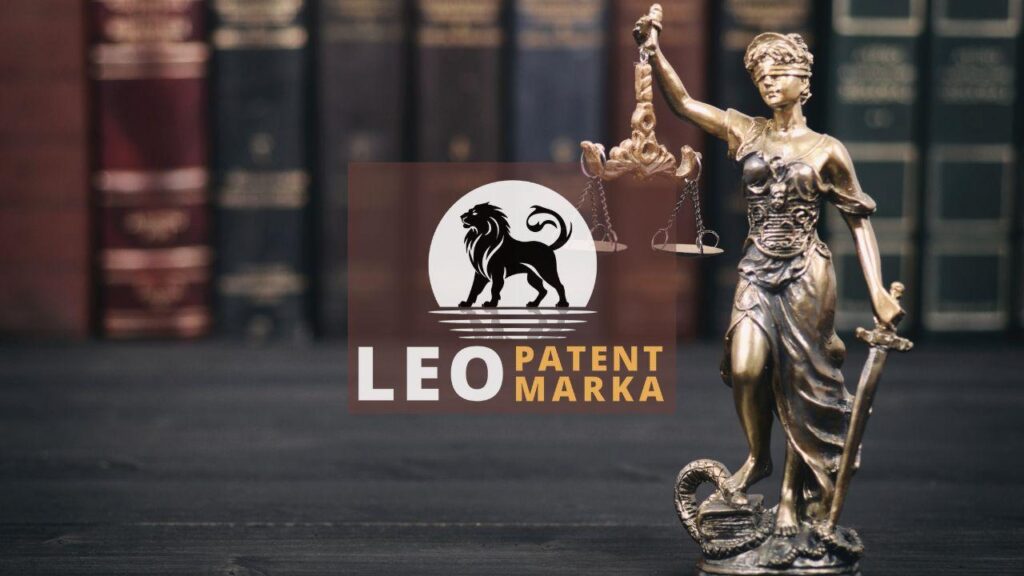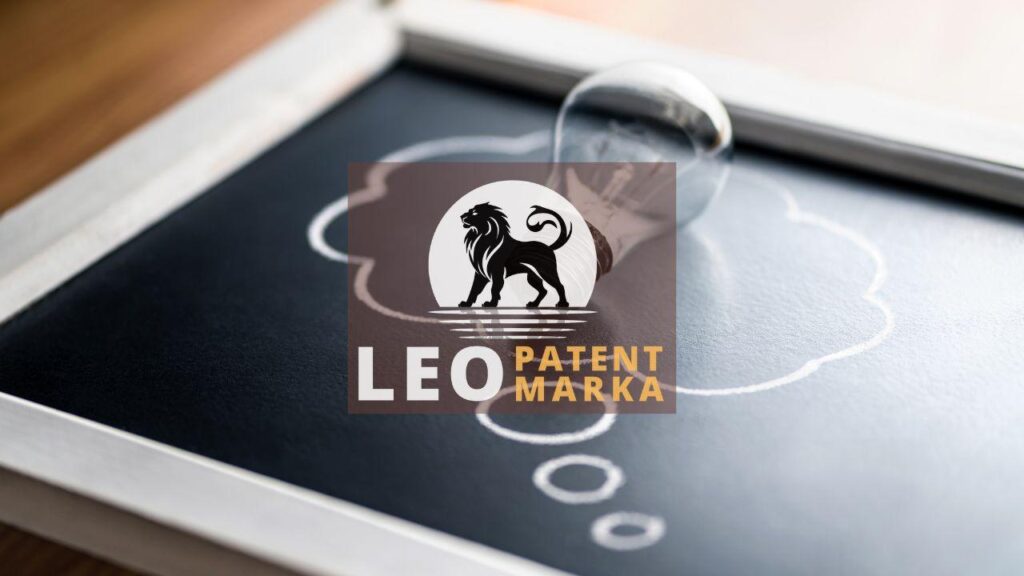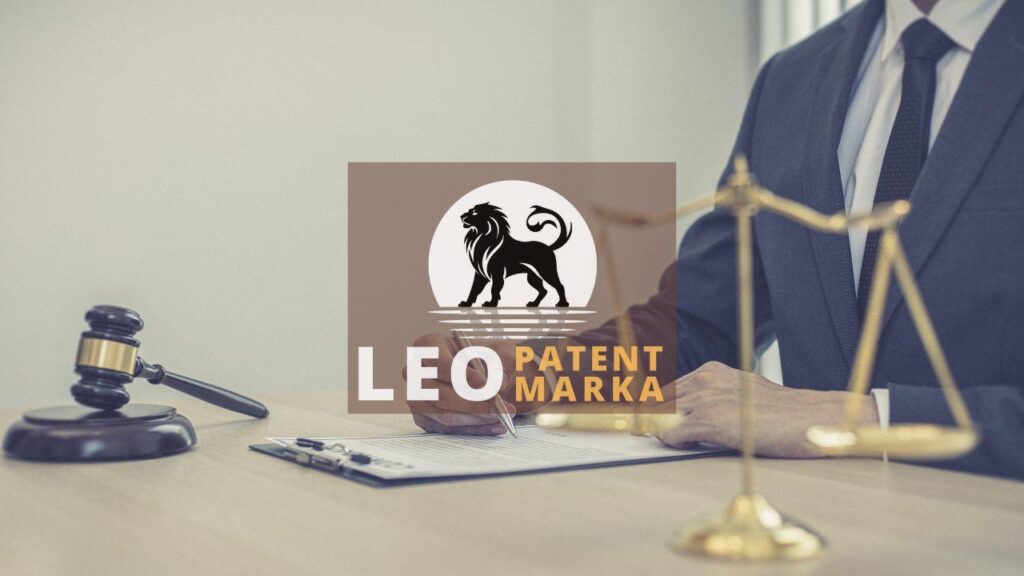Design protection plays a pivotal role in any branding strategy. It safeguards your intellectual property, ensuring that your brand identity remains distinct and memorable. Imagine building a beautiful house without a lock on the door. Without design protection, your hard-earned brand efforts might be at risk. In the competitive marketplace, trademark importance cannot be overstated—it acts as the silent guardian of your unique brand elements. According to recent studies, businesses with robust design protection are more likely to succeed in fortifying their brand identity. They attract loyal customers and fend off copycats effectively. Design protection isn’t just about legal jargon; it’s about securing your brand’s future and maintaining its competitive edge. So, why leave your brand’s success to chance? By integrating intellectual property safeguards into your branding strategy, you’re laying a foundation that promises longevity and trustworthiness, leading your brand to thrive amidst fierce competition.
Enhancing Brand Value through Design Protection
Design protection significantly enhances your brand value by ensuring that your brand identity is safeguarded against imitation. In today’s crowded marketplace, where innovation is relentless, protecting your intellectual property is akin to anchoring your ship amidst turbulent seas. It’s your stronghold, against those who set out to dilute your brand’s uniqueness. The trademark importance cannot be overstated, as it marks the territory of your brand’s distinctiveness. When your branding strategy incorporates design protection, it sends a clear message to competitors and consumers alike that your brand is serious about its place in the market. From startups to established players, those who prioritize design protection build trust and loyalty with their audience, fostering not only recognition but also a deeper connection. Secure brand elements lead to enduring customer relationships and bolster your reputation, crafting a narrative of reliability amongst your customers.
Design protection is more than a shield; it’s a valuable investment in your brand’s prosperity. By securing your brand identity, you offer a promise of originality that resonates with consumers. Think of it as wearing your uniqueness as a badge of honor. Enabling design protection within your branding strategy communicates a commitment to exclusivity and innovation. For many brands, understanding the trademark importance is essential for crafting an impenetrable brand identity. It’s not only about safeguarding intellectual property but also about fortifying the foundation of trust with your audience. When competitors know your brand has a stronghold on its unique elements, it’s less likely they’ll attempt to encroach. This perceived distinction attracts a following that values authenticity. Design protection becomes a silent partner in your success, quietly keeping competitors at bay while signaling resilience and stability to your customers, making your brand an enduring choice in a saturated market.
Design protection takes center stage in amplifying your brand’s worth, engraving an indelible mark in consumers’ minds. When design protection intertwines with your branding strategy, it offers more than just a safeguard; it’s a strategic beacon that guides consumer perception and loyalty. Consider it a fortress where your brand identity is fiercely guarded. The trademark importance and intellectual property considerations are direct investments in creating brand distinction. They help repel imitators, reinforcing barriers around your distinctiveness. By making design protection an integral part of your branding strategy, you champion authenticity and ensure your brand narrative remains undiluted. This commitment to protecting intellectual property cultivates consumer confidence, translating into sustained brand value and meaning in a bustling marketplace. With strong design protection, your brand identity not only flourishes but also inspires trust, sowing the seeds for enduring customer loyalty and admiration, positioning you as the unassailable icon in your industry.
Navigating Legal Frameworks for Effective Branding
Understanding the legal frameworks surrounding design protection is crucial for an effective branding strategy. Picture embarking on a journey without a map— navigating without knowledge can lead to pitfalls. Design protection serves as your compass, guiding your brand through the complexities of intellectual property laws. By staying informed and proactive, businesses can safeguard their brand identity and uphold trademark importance. With the ever-changing landscape of regulations, adapting is key. Tailoring your strategy to align with legal standards not only shields your designs but also enhances your brand’s credibility. Having a robust understanding of design protection allows you to prevent potential infringements and build a fortress around your innovative ideas. In the realm of branding, preparation and vigilance are your best allies, ensuring your brand identity remains untouched and respected.
Navigating the legal intricacies of design protection is akin to steering a ship through challenging waters. You must be vigilant, aware of potential legal shifts that could affect your branding strategy. A thorough understanding of intellectual property laws empowers businesses to craft strategies that honor trademark importance while safeguarding their brand identity. Think of design protection as an umbrella in a storm; without it, your brand is exposed to the elements. By prioritizing legal due diligence, you stay one step ahead of those who may seek to undermine your hard work. This not only reinforces your brand identity but also enhances your reputation in the marketplace. In the world of branding, knowledge is indeed power, and being informed about design protection can make all the difference in securing your brand’s future.
The journey through the maze of legal frameworks is not one to take lightly, especially in maintaining a robust branding strategy. Design protection acts as your steadfast ally, ensuring your intellectual property remains safeguarded against potential threats. Consider it the lock and key to your brand identity’s vault, securing what makes your brand unique. As the tides of law shift, maintaining an agile approach to design protection is paramount. With every change, there’s an opportunity to strengthen the foundations of your trademark importance and reinforce the pillars of your brand identity. Timely updates and adaptations to your strategy can outpace potential infringers and keep your brand ironclad. Knowledge of these legal intricacies isn’t just an asset—it’s essential. By embedding this diligence into your branding blueprint, you construct a shield that deflects attempts at imitation, fortifying your brand’s place in a competitive market.
Case Studies: Successful Brands Leveraging Design Rights
Many leading brands have thrived by effectively using design protection within their branding strategy. Take Apple, for instance. Its intellectual property is expertly guarded, ensuring its brand identity remains unchallenged. This has fortified its position in the tech industry, making it a household name. Similarly, Coca-Cola’s meticulously registered trademarks highlight the trademark importance—its unique bottle design is instantly recognizable worldwide, proving how design rights enhance brand loyalty. These case studies underline a clear message: robust design protection shields brand elements from imitation, encouraging innovation and sustained market presence. For businesses looking to carve a niche, integrating intellectual property measures within their strategy could unlock unparalleled success.
Another compelling example is Nike, whose “Swoosh” logo is protected by stringent design protection measures. This iconic symbol is not just a simple graphical element—it’s an embodiment of Nike’s branding strategy, representing quality and performance. By safeguarding its intellectual property, Nike reinforces its brand identity in every consumer’s mind, a testament to the design’s trademark importance. Similarly, the fashion powerhouse Louis Vuitton zealously defends its monogram and designs, which are integral to its heritage and luxury appeal. Such vigilant protection has elevated it to an aspirational brand globally, maintaining exclusivity and preventing knockoffs. Through these strategies, both Nike and Louis Vuitton highlight how strategic use of design protection can secure a brand’s unique essence and reputation in an ever-competitive marketplace.
Another industry giant, McDonald’s, illustrates trademark importance in maintaining its brand identity through strategic design protection. The golden arches logo is a universal symbol of fast food and family dining. McDonald’s hasn’t just stamped their identity; they’ve safeguarded it with robust intellectual property strategies. This underlines the critical role of design protection in a successful branding strategy. Similarly, Lego’s brick design is fiercely protected, not just serving as a plaything, but as a cornerstone of their brand identity. Such legal fortifications prevent knockoffs and ensure that when consumers think of building blocks, they think Lego. Through these examples, we see that a thorough grasp of design protection can elevate and perpetuate a brand’s stature in the global arena, guaranteeing its unique place in consumers’ hearts and minds.
Disclaimer: This article is for general information purposes only and it is recommended that you consult experts and companies in that field to evaluate your specific situation. We are not responsible for any damage that may arise from the use of the information in this article.







